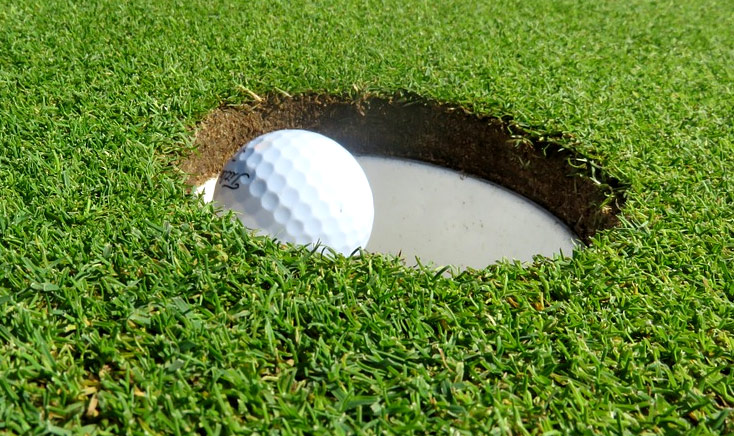Choosing an excellent golf club would be easier if you understand the major elements of a golf course. This is especially true if you’re just starting out. Understanding these elements will also help you a lot if you’re someone looking to improve your skills in golf. Let’s take a look at some of the key elements of a golf course:
1. The hole
Getting your ball into the cup located on the green is the goal in this game. Once you successfully complete this mission, you complete playing that hole. Gradually, you’ll become skilled at taking only the recommended number of shots for getting your ball into the hole. However, it’ll take a lot of practice to get to that point.
2. The tee
Before taking their first shots, most of the golfers set their balls on tees. They do this in the teeing box or teeing ground. A teeing box refers to a larger area, which holds many teeing grounds. For each hole, there are multiple teeing grounds. The purpose is to accommodate players with different levels of skill.
You must bring your own tees as they’re not present in the teeing box. You’ll find a starter’s shack near the first tee in some golf courses.
3. The Fairway
You can consider this as a path that leads from the teeing box to the putting green. This path can be of 30 to 50 yards in length. Putting green is the hole’s end point. The grass in the fairway is short, which facilitates the movement of your ball. It would be great if you hit the ball into this stretch with your first shot. You’ll then be in a good position in your next shot to make it to the green.
4. The putting green
This is the last section of a hole on the golf course. It can measure 6,000 square feet or more. The putting green has grass that’s trimmed very closely to help you control your putts. A putt refers to a golf stroke that you make on a putting green. It is the stroke that causes your ball to roll into the hole or close to it.
There are curves and slopes on the greens. They can make it challenging for you to get your ball towards its ultimate goal.
5. The rough
It’s generally easier to hit the ball if the grass on the golf course is shorter. This is why the maintenance staff of golf courses keep the greens and fairways closely cropped. This is not usually the case with roughs. They are areas alongside the greens and fairways where grass is kept longer.
If you hit your ball into the rough, getting it back out can be quite a challenge. The rough can be even more challenging if you go farther off the main pathway.
6. The hazards
They are elements on the golf course that raise the level of challenge in the game. Bunkers are one of the types of hazards. They’re cut-out areas or depressions on the course filled with sand or other material. Additions of trees, small walls, plants and other features are made to golf courses.
Besides adding a visual appeal to the golf course, they increase playing complexity of bunkers. It’s easy to hit your golf ball into a bunker. Getting it out would be quite a challenge for you. What makes the task tricky is the sandy surface.

